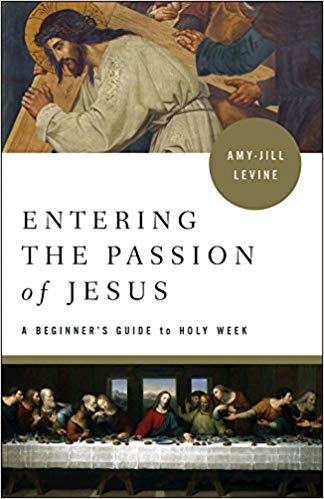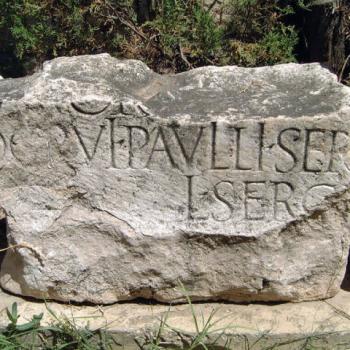Q. One of the first lessons we learn as scholars is not to conflate or amalgamate different persons and different stories into one. Thus Mary Magdalene is not Mary of Bethany is not the sinner woman of Luke 7. In your otherwise helpful discussion of the anointing of Jesus by women and the following of Jesus by women, in the video the impression is given that for some reason you seem to conflate the story in Luke 7, set during the ministry and in a very different locale about loving much, with the Passion narrative anointing in Bethany. Why? But on p. 100 of the book, you say the Lukan story is a different story for a different time (and I agree). Jesus certainly could have been anointed by more than one woman on more than one occasion, and the rather singular similarity (both the Markan and Lukan stories involve a Simon) is easily explained since many many early Jews were named after the war hero Simon Maccabee, including Simon Peter. I raise this question because the interpretation of the two anointings by Jesus is very different, in one case it’s a symbolic burial anointing, in another it’s seen as an expression of much love. The ethos and setting of the two stories is very different, and there is no Pharisee in the Bethany story learning a lesson about not judging nor is there a disciple in Luke 7 objecting to the anointing. As you say in the video, anointings have a variety of purposes, including the simple hygenic anointing of feet and scalp of one coming out of the heat on the road— an act of hospitality regularly performed and expected. And why do none of these stories make the direct connection between the women anointing Jesus, and Jesus being the anointed one of God? To me it seems much simpler to suggest we have 2 anointing stories from two different occasions in Jesus’ life, and Luke’s sources were different than Mark’s. After all he says he consulted with eyewitnesses of the ministry of Jesus in Lk. 1.1-4. I think this is an important issue because we need to resist the tendency, especially when it comes to stories about Jesus and women, to reduce to the stories to the least common denominator, and thereby eliminate some of the considerable evidence Jesus was served by and attracted quite a lot of different and different kinds of women by his ministry.
A. Here we chose to disagree. You find Luke to be more feminist than I do. I think Luke has repurposed the story by moving it from the beginning of Holy Week to early in Jesus’ ministry, by substituting the anointing on the head for an anointing of the feet, and by turning a woman who anoints Jesus for burial into a woman who is forgiven of her sin. I similarly think that just as John repositioned the Temple incident, John – who I think knows all three Synoptic traditions – attempts to harmonize the stories of this woman by having Mary the sister of Martha anoint Jesus’ feet and now Judas rather than Simon or “the people there” (so Mark) complains. For me, this is one story, but the Evangelists have dressed it differently. In Luke’s Gospel, outside the infancy narratives, women do not generally appear as role models, and I do not think Luke wants a story told specifically in memory of this woman in the Passion account.












